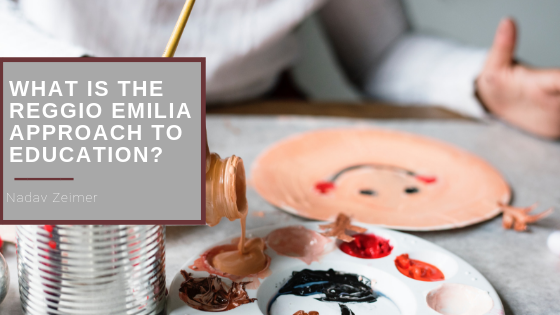The Reggio Emilia approach is an early childhood education model that is a student-centered approach using experiential learning in relationship-driven environments. It’s frequently recognized as one of the best programs for young children around the world.
Reggio Emilia was developed in Italy following World War II. Similar to champagne, only schools located in the town of Reggio Emilia are Reggio Emilia schools. Any schools following their methods and principles located outside of that region are referred to Reggio-inspired. There are seven key components to the Reggio Emilia model, and they are that children are capable of creating their own learning, children learn through interacting with their communities, children should be encouraged to express themselves, the classroom acts as the third teacher, teachers are partners and guides, documentation is crucial, and parents are a partner in education,
The Reggio Emilia approach views every child as capable, strong, curious, independent and imaginative. Children are empowered to think, investigate, question, explore and navigate the learning journey.
The curriculum is derived from teachers observations of students. Teachers determine what students are interested in and fascinated by, and develop curriculum based around that, to provide students with what they really want. This curriculum is then delivered through project work, which allows for more detailed exploration of these subject areas for children. Being able to explore these topics hands-on gets children excited about the learning process and helps to foster a predisposition for lifelong learning.
In Reggio Emilia inspired schools, teachers are seen as children’s partner in learning. By observing and documenting the children’s work, the teacher can guide the learning experiences of the children and build knowledge together.
In addition to the child and the teacher, the environment is seen as a third teacher in this education model. The environment should reflect the children, teachers and parents who learn in the environment. The classroom should be thoughtful and respect the children’s image.
Parental involvement is also essential in these schools. Parents are encouraged to be active participants in project work, special events, and the life of the school. It should be an integrated learning environment, where the teachers, parents and students all work together towards a common goal.
Finally, documentation is an important component in Reggio Emilia inspired schools. Teachers should tell the story of the child’s early childhood experiences through photographs, videos and written word documenting the child’s work. Each child will have a portfolio containing information related to their developmental milestones and their artwork.
